How To Tell If A Fossil Hominid Was Bipedal
By Jim R. McClanahan
By Jim R. McClanahan
Human evolution is obviously one of the most important aspects of human history, so I've decided to post information on how to tell whether or not a fossil hominid was bipedal. It's not as difficult as it sounds. The following list is by no means meant to be comprehensive.
The first place to look is the head. All vertebrates have a hole in the skull through which the spinal cord connects with the brain. This hole is known as the Foramen Magnum ("Big whole"). The foramen magnum in apes is positioned on the back of the skull due to their bent over posture. This of course goes back to our time in the trees when we had to look forward while running quadrupedally along the limbs. Humans have a foramen magnum that is position under the skull due to our upright posture. Next, the muscle attachment points on the occipital protuberance are positioned further back on the skull of an ape, while the attachment points are positioned under the skull in humans. If a fossil has a foramen magnum and muscle attachment points more under the skull, then it was most likely bipedal.
The second place to look is the spine. Apes have a C-shaped spine. This shifts their center of gravity towards the upper part of their body. This is one reason why they look so funny trying to walk bipedally. Humans have an S-shaped spine, which shifts the center of gravity more towards the waist.
[INSERT SPINAL PROFILE IMAGE]
Also, in comparison to apes, humans have bigger vertebrae to support all of our weight. If a fossil has more of an S-shape and robust vertebrae, it was most likely bipedal.
The third place to look is the pelvis. Apes have very skinny and long pelvises with flat iliac blades due to their bent over posture. Humans have very wide and short pelvises with iliac blades that flare back and outwards.
This is because we need all of that extra space to attach our stabilizing muscles for walking and running. If a fossil has a short and wide pelvis, it was most likely bipedal.
There are some exceptions to this rule, though. For instance, the giant ground sloth had a similar pelvis with wide flaring iliac blades, yet it wasn't bipedal. It's diet actually explains this. They had to spend a great deal of time standing on their legs to reach the choicest food in tall trees, hence they needed stabilizing muscles and skeletal support similar to us. I think this is one of the neatest things I've learned recently.
The fourth place to look is the femur. Apes have femurs that are directly beneath the pelvis, which is another reason they have a funny wobble when they try to walk bipedally. Humans have femurs that angle underneath the body to support our weight. In fact, it is VERY easy to tell whether you are dealing with a bipedal creature in this regard. All you have to do is set the knee end of the femur flat on a table. It should look something like this.
Notice how the the human femur angles inwards? If a fossil has such an inward angling femur, it was most likely bipedal. Here is a comparison of a chimp, Australopithecus, and human.
The fifth place to look is the feet. Apes have small opposable big toes and small heel bones. This is because their hand-like feet are designed for climbing and only minimal walking. Humans, on the other hand, have large non-opposable big toes and robust heel bones. This design provides for more support stepping forward onto the heel. The big toe and the other phalanges provide the "spring" needed for forward locomotion. If a fossil has a non-opposable big toe and robust heel, it was most likely bipedal.
opposable
əˈpəʊzəb(ə)l/
adjective
ZOOLOGY
- 1.(of the thumb of a primate) capable of facing and touching the other digits on the same hand.
************
Modern mans DNA, exploring ancient mans journey across the planet in his drive out of Africa with inclusion of the latest DNA evidence. It appears that we as modern man are genetically more complicated and diverse than first thought.
Let's begin. All our troubles started with this guy...
Homo sapien
{wise man or knowing man}
{wise man or knowing man}
And his wife.
We will call her Eve.
We will call her Eve.
Now supposedly as the story goes they and their offspring ventured out of Africa at or about 200,000 BC and with successive generations moved out across the globe all the way to South America at or around 30,000 to 15,000 BC. How do we know? Well apparently every Man, Woman and Child alive today have their genetic makeup, their genes...
I personally have no argument against that. But the question arises that if we are all his descendants then why don't we all look African? This isn't a simple question. There are many variables. Such as Genetic isolation after migration, Environmental and Nutritional factors, etc.
When I was in school we learned that modern man came out of Africa then went into Europe and Competed with Neanderthal for food and resource. Then developed the Clovis point. Neanderthal being slow, dumb and clumsy it was an easy victory and they Died out.
End of story!
Can we go home now?
NO!
Sit down!
Now with the advancements of Genetic mapping and DNA lineage tracing etc. We now know that Modern man in almost every part of the world has Neanderthal DNA. Notice how I said "Almost"? Well as it turns out a large percentage of "Africans" do not show Neanderthal DNA. I found that very interesting and sent me on a journey into how this could have been afflicting modern man with regards to Genetic Abnormalities
Neanderthal DNA Lives On in Modern Humans
I've always wondered how is it if we all came out of Africa why did we all end up looking different.---- So now we know that there is a bit of Neanderthal and possibly others in all of us and that it may show up every so often in various ways. { I'll be elaborating on that possible scenario a bit later }
First, I think we need to do away with once and for all the notion that Neanderthal was simply an apish brute. This apparently has been carried over from the Early days of Darwinism. It seems that many in the academic European circles were trying to find the "Missing Link" and unfairly Neanderthal was shoe horned into that possible link. He has often been portrayed as a dumb lumbering oaf. Looking at the following misrepresentation I certainly wouldn't want to call him my kin...
Over time his appearance has changed a bit. To be honest the next representation of Neanderthal looks less apish. Which is a good thing. I think we as modern man need to reevaluate our idea of him and others in our possible extend "Hominid Family" and realize that they were conceivably more human than we may have first thought. As a matter of fact I can see a lot of My uncle in him not to mention our local pizza guy...Mario?
Neanderthal and [soon to be discussed] other pre-homo-sapiens were not "Primitive Humans". They supposedly left Africa anywhere from between 400,000 to 1,000,000 BC that's about 200,000 to 800,000 or more years earlier than "Modern man" had. They migrated into regions we hadn't ventured yet at least not for another few hundred thousand years later. They dealt with, survived and flourished in those tough environments. They went toe to toe with the Mega-fauna in their locations and dealt with all the other nasty things life could throw at them during their lives.
Neanderthal vs. Homosapien
Interesting perspective... How strong would a Neanderthal be compared to a human
Who were our other DNA contributors after we left Africa? Well let me introduce you to two of the recently discovered contributors. The first one you already know...
Neanderthals
Here is a recent article on Neanderthal DNA. Apparently their skin color as well had as vast of variations as modern man. It does point however that the evidence so far indicate that both Modern man and Neanderthal came to these variations independently. For me the Verdict is still out on that one.
Denisovans
So we now know that Neanderthal had contributed and now we find that Denisovans also had a hand in our makeup. The Denisovans are interesting to say the least. They are cousins of Neanderthal yet were distinct. We see their contributions with the Melanesians...
Now what about some of the other interesting hominids? Well so far we haven't found any connections and we may not. However What if we suppose they had contributed. This makes for some very interesting speculation and would solve many mysteries in Modern mans journey.
Homo erectus pekinensis
Peking Man
Peking Man
OK so Peking mans history, possible contribution and genetic lineage is still unknown. Would it be too far off the mark to hypothesis that he may have bestowed his genes to the pot as well? There are many variation in regards to appearance and height etc. I see Peking man as more Neanderthal looking than primitive ape-man.
Next?
Flores Man
- Hobbit -
- Hobbit -
Now what do we make of this guy? When I first read about him. I couldn't help but think about Pygmies. Now with supposedly everybody and their brothers heading "Out of Africa" did this guys family head back into Africa? There seems to be some rather interesting circumstantial evidence. It's not hard to imagine that some of his DNA had influenced physical characteristics in the region. South East Asians on the whole are relatively shorter than those from other locations on the planet. Interesting to note that Pygmies also show in South America. Ancient prehistoric connection or just a result of nutrition and environmental adaptations?
Dawn of Modern-mans journey
So what does the genetic record show us? Well apparently set before "Modern-man aka Homo-Sapiens" there were older lines of humanoids that preceded our exodus out of Africa. These older closely human genetic lines were better suited IMHO for their environments. Modern mans great migration wasn't accomplished in one or two generations. I think Modern Academia should stop being "Marveled" at the speed and distances modern man spread. I think it went more along the lines of interbreeding with the already in place older lines.
This could be why there is such a diverse spectrum in eye and hair color, not to mention physical build, appearance and height among modern humans. How about this for a possible scenario. As modern man left Africa in his great migration he swapped DNA with those potentially older lines. Generation after generation of breeding amongst themselves as the "Newer lines" of nomadic herdsmen traversed back and forth across the great Eurasian continent. Maybe why the Australian Aboriginals and others in the region look very "Africanized" Is it possible that a second or third exodus out of Africa such as Coastal Migration occurred that bypassed a mixture of some of the more Northern older lineages? I think so.
In the end what does it matter? We are all now "Modern Humans" Well for me {and I could be wrong in my assumptions I'm not a geneticist} but it answers some basic fundamental questions in my mind as to why we are so diverse in appearance as a race. Is it so hard to believe that as we migrated across the globe that as we went we picked up genes from those older lines?
Animation showing possible DNA mixture
Migration of Modern Man
Of course this isn't the end of the story. Modern man has been migrating all across the globe and we are now more than ever intertwined and most if not all of us are all related closer now than we were back when we first moved out across the globe. It truly was a remarkable journey. Hopefully I have not offended too many people. I know the topic of origins and race are very touchy topics with some. This wasn't intended to offend anybody but rather to put forth another possible scenario of our Human developmental heritage....
As always have a great day..
PEACE


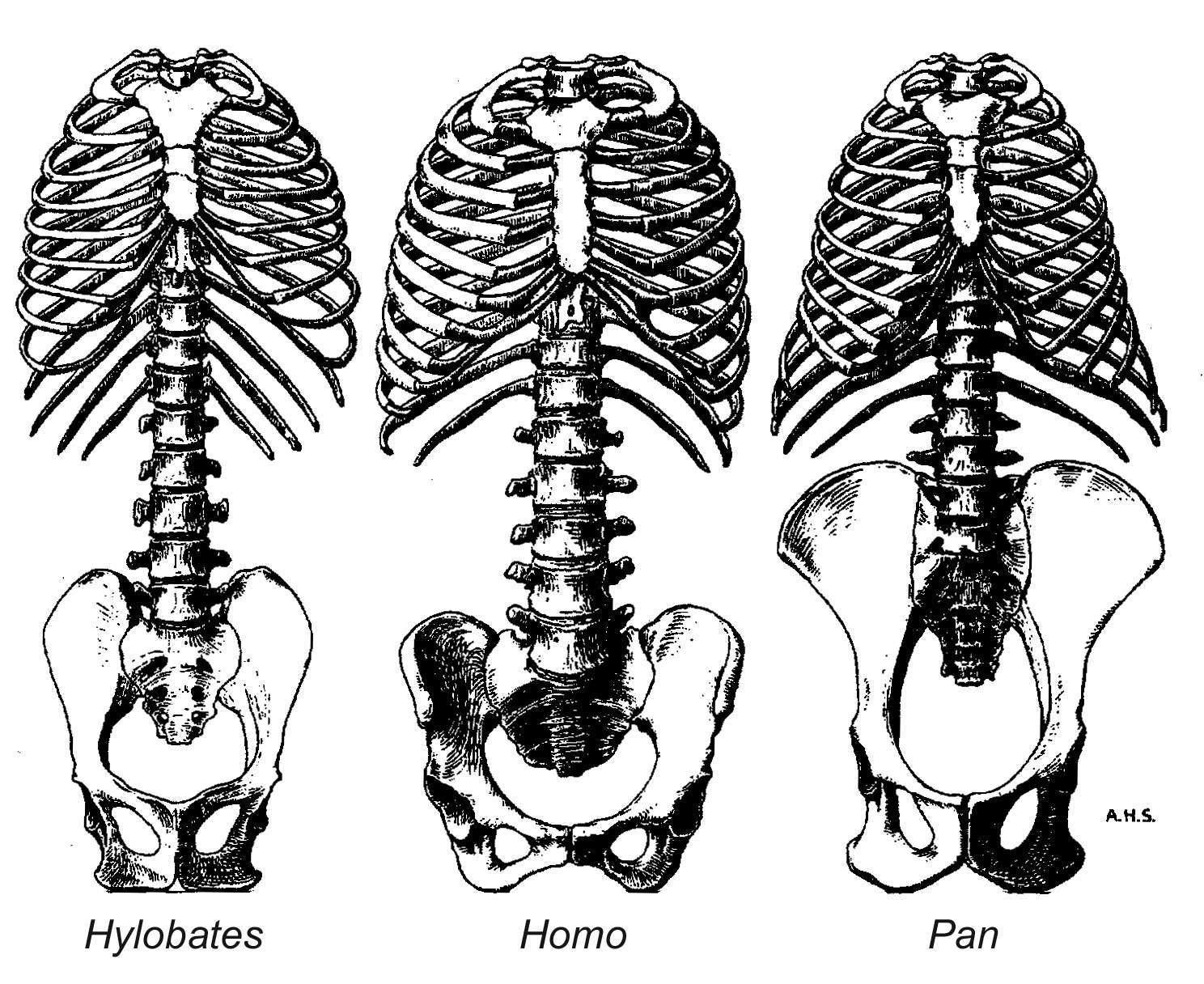
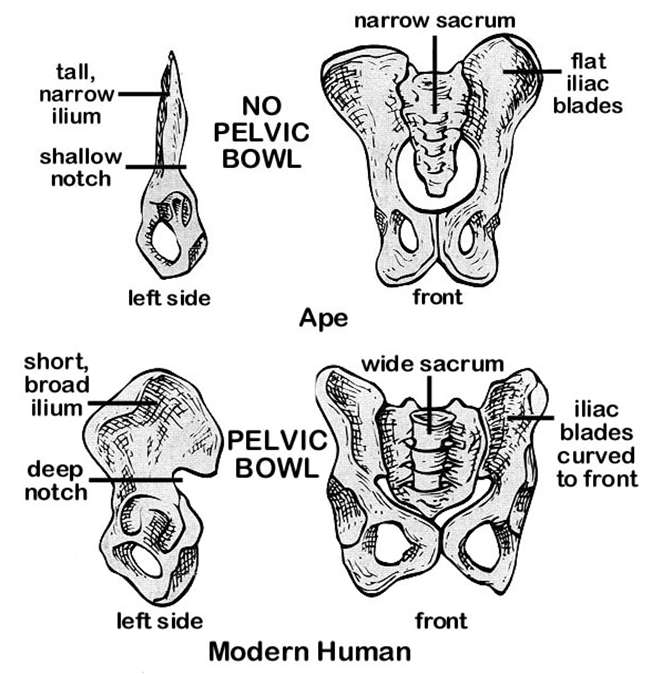


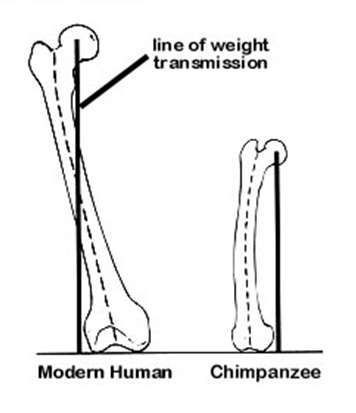
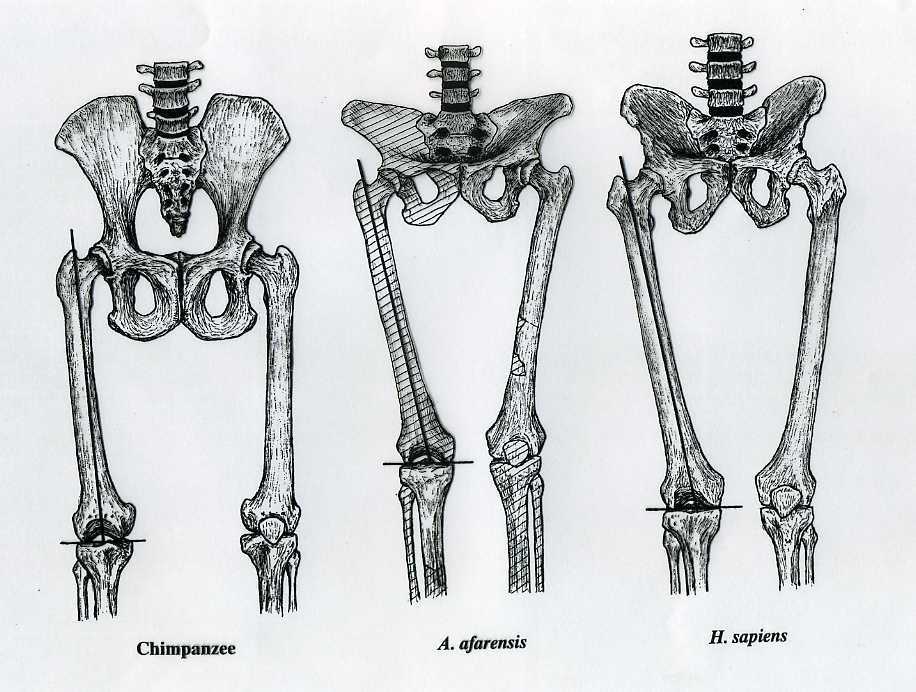
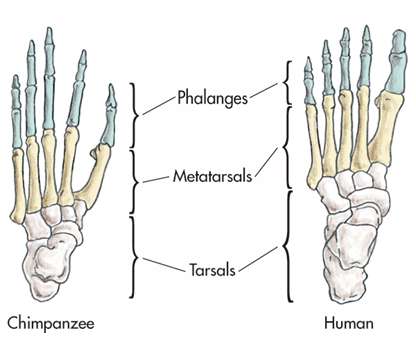





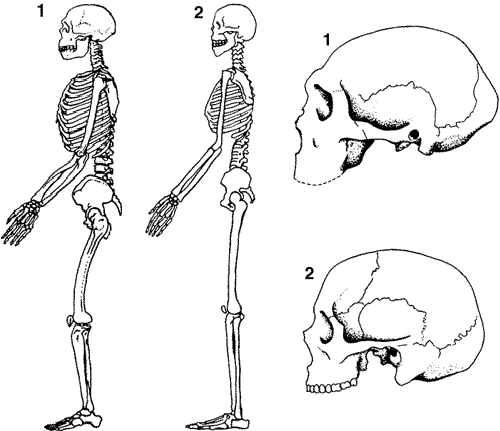








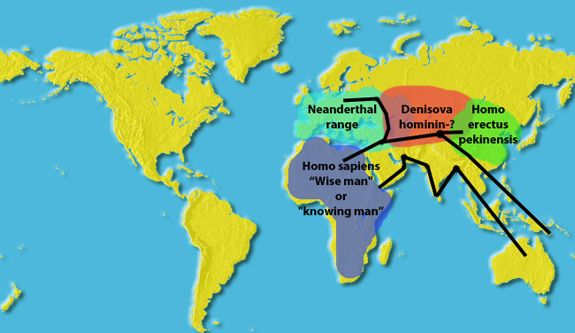
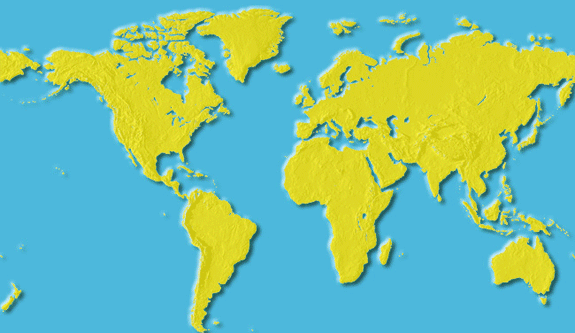

I enjoyed this post! It resonated with my recent blog on Flora in Satpura National Park , where I touched on related topics. I believe your readers would find the additional insights valuable. Thanks for sharing!
ReplyDelete